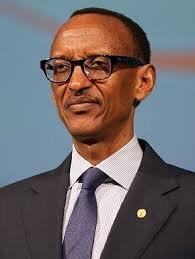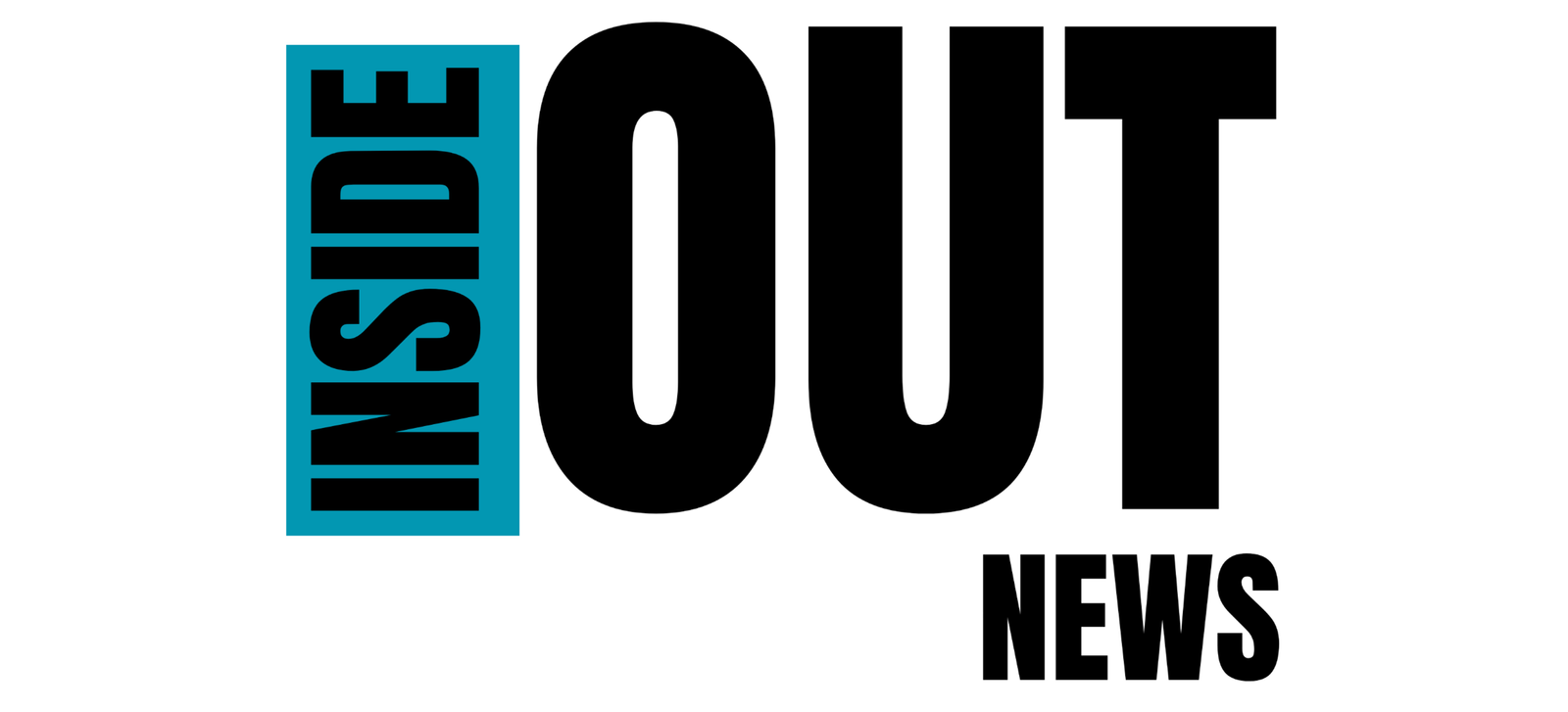Paul Kagame: a democratic dictator and a warlord whose war cries South Africa cannot afford to ignore.

31 January 2025
Themba Makamu
In the complex geopolitical landscape of the Great Lakes region, one leader stands as both a symbol of Rwanda’s transformation and a controversial figure driving regional instability: Paul Kagame. While his supporters view him as the architect of Rwanda’s recovery from the 1994 genocide, critics argue that Kagame has become a “democratic dictator,” using his control over power to suppress opposition and suppress dissenting voices. His actions, particularly in the Democratic Republic of the Congo and Mozambique, raise serious questions about his role in fueling instability in the Great Lakes Region and how his ambitions pose a direct challenge to neighboring South Africa’s foreign policy goals.
Kagame’s democratic dictatorship: The myth of Rwandan stability
As a leader of the RPF or the Rwandan Patriotic Front, Kagame’s rise to power in 1994 was marked by the swift and brutal defeat of the genocidal regime in Rwanda, followed by years of economic growth. But beneath the veneer of Rwanda’s “success story” lies a political system characterized by repression and tight control. Kagame has maintained power with an iron grip, and while his government touts regular elections, the results have been nothing short of authoritarian.
In 2017, Kagame secured a victory with 98%of the vote and the recent election in 2024, Kagame secured 99% of the vote, a clear indication of the lack of genuine political opposition. His opponents face widespread harassment, arbitrary arrests, and even murder, as seen in the assassination of former Rwandan army chief Patrick Karegeya in South Africa in 2014. Such actions signal that Kagame has little tolerance for any political challenge. He joins the list of dictators who came or whose power is maintained by democratic means like questionable elections.
His control over the Rwandan military and intelligence services ensures that his power remains unshaken, and any potential rivals are systematically neutralized, either through imprisonment or assassination. This approach to governance has earned Kagame the title of “democratic dictator,” combining the trappings of democracy with the reality of authoritarian rule. By using Rwanda’s relatively high economic growth to legitimize his rule, Kagame has managed to maintain the illusion of stability while suppressing any real democratic progress.
Rwanda’s role in the M23 rebellion: Instability in the DRC
Kagame’s regional ambitions go beyond the borders of Rwanda, and his involvement in the DRC, particularly in the support of rebel groups like the M23, underscores his destabilizing influence in the Great Lakes region. The M23 rebellion, which has wreaked havoc in the eastern DRC, is widely believed to be backed by Rwanda’s government, despite official denials. The United Nations has documented and sanctioned a report which proves that Rwanda is supporting the M23 rebels. The Rwandan military’s support for M23 is part of a broader strategy to control the resources in eastern DRC, particularly in mineral-rich areas.
Rwanda’s support of M23 has contributed directly to the suffering of Congolese civilians, as the rebels commit atrocities against both civilians and DRC forces. However, Kagame’s government stands to benefit economically from this chaos. Rwanda is often accused of looting the DRC’s vast mineral wealth, especially minerals like coltan, tungsten, and gold, through various proxy groups and covert operations. This pattern of resource exploitation mirrors the behavior of notorious war criminals like Charles Taylor, who fueled the Sierra Leone Civil War with blood diamonds, financing rebel groups(the Revolutionary United Front commonly known as the RUF) for personal gain.
The Economics of blood minerals: Rwanda’s wealth through exploitation.
Rwanda’s GDP growth, often touted as a success story in Africa, is partly a result of this unsustainable and illicit economy. The country’s flourishing tech sector and booming economy are inextricably linked to the illegal extraction and export of minerals from the DRC. These blood minerals, smuggled across the border into Rwanda, fuel the government’s economic engine, while exacerbating conflict in the DRC. With the financial resources derived from these operations, Kagame has also been able to invest heavily in military equipment, securing sophisticated weapons to maintain his grip on power and further assert his influence in the region.
Kagame’s opportunism in Mozambique: A Challenge to South Africa’s Influence in SADC.
Kagame’s intervention in Mozambique’s Cabo Delgado region marks another opportunistic move by the Rwandan president. In 2021, through the over €2 000 000 funding by the European Union, Kagame deployed Rwandan troops to Mozambique to help combat the growing insurgency in the northern region of Mozambique, Cabo Delgado. While Rwanda’s involvement was framed as a humanitarian mission to restore stability, it also served Kagame’s broader strategic interests. The presence of Rwandan forces in Mozambique, a neighboring country to South Africa, puts the latter in a difficult position. South Africa, with its African Union mandate and a long-standing commitment to peacekeeping, missed the opportunity to deploy its own forces in Mozambique, leaving the door open for Kagame’s troops to assert dominance and be based in its door steps.
Kagame’s growing military presence and rhetoric of readiness for confrontation with South Africa should raise alarm bells for the South African government. His willingness to deploy forces outside of Rwanda’s borders, coupled with his authoritarian rule, suggests a leader who is not simply interested in regional stability but in expanding his influence, sometimes at the expense of his neighbors like we have seen with the DRC. The confidence with which Kagame addresses potential confrontations, including with South Africa, reflects the belief that his military might, backed by the resources derived from his destabilizing activities, will make him a dominant player in the region.
South Africa’s foreign policy: The need for vigilance
For South Africa, Kagame’s actions pose a unique challenge to its foreign policy of promoting stability and peace in Africa. South Africa has long been a proponent of peacebuilding and conflict resolution, often playing a mediating role in regional conflicts. However, Kagame’s growing influence and the military presence of Rwandan forces in Mozambique demand greater attention and a more assertive strategy. South Africa must remain vigilant and active in ensuring that regional stability is not undermined by the self-serving actions of one leader.
South Africa’s foreign policy should continue to prioritize peace and stability in Africa, but it must also recognize the shifting power dynamics in the Great Lakes region. Kagame’s aggressive pursuit of regional dominance and his destabilizing activities in the DRC and his presence in Mozambique cannot be ignored. South Africa must work with the African Union and SADC to counterbalance Kagame’s influence and ensure that the pursuit of peace and stability in Africa is not derailed by one man’s ambition.
The dangerous legacy of Kagame’s rule
Paul Kagame’s leadership represents a paradox: a man hailed as a savior of Rwanda by some and condemned as a dictator by others. His role in perpetuating instability in the Great Lakes region, his support for rebel groups like M23, and his economic dealings in blood minerals are a testament to the dangerous lengths he will go to in order to maintain power and expand his influence. South Africa, as a regional powerhouse and advocate for peace, must remain vigilant in the face of Kagame’s growing military presence in Mozambique and his destabilizing actions in the DRC. As the region’s geopolitical balance shifts, Kagame’s actions serve as a reminder that Africa’s path to lasting peace and prosperity remains fraught with the dangers posed by those who seek to use violence and exploitation for personal gain.


